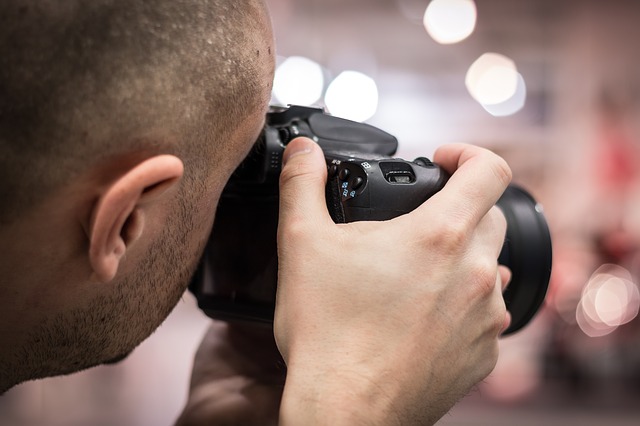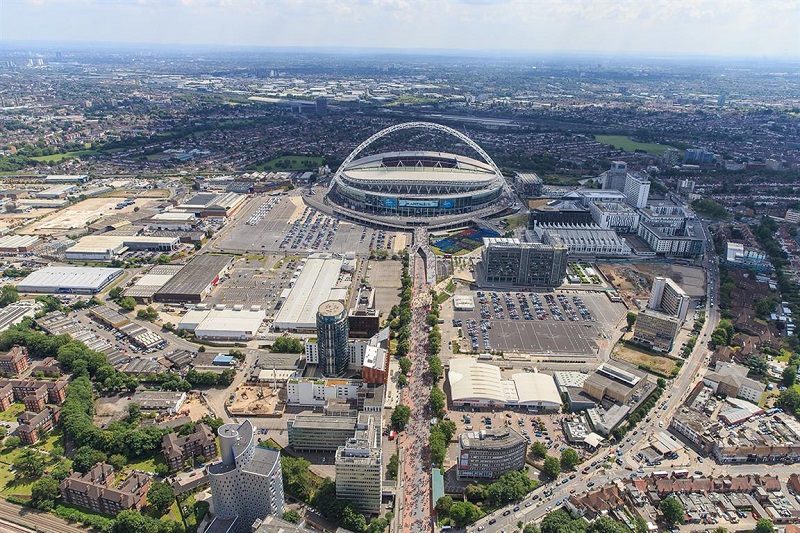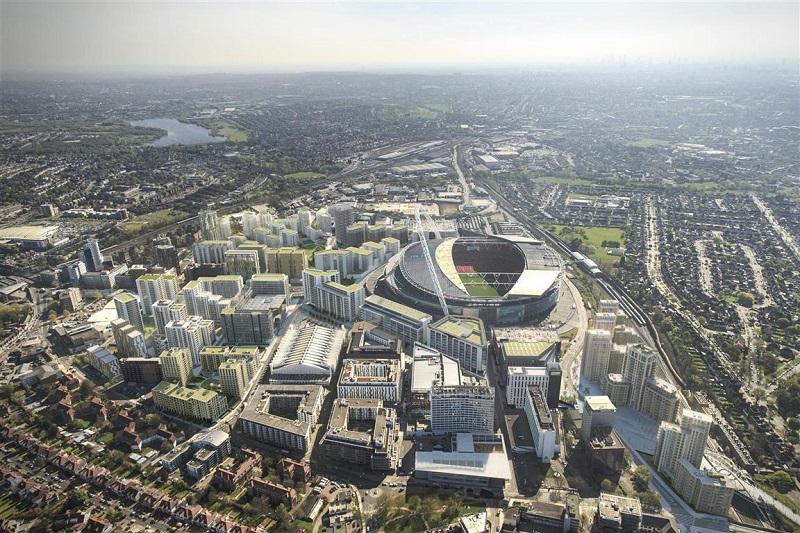How to commission architectural photography
Contents |
[edit] Introduction
An architectural photographer is someone who takes photographs of structures and buildings in a professional capacity. Their photographs are often intended for commercial purposes, for the developer to publish online or in brochures, or for the architect's portfolio.
There are a number of things to consider when commission architectural photography.
[edit] Finding a photographer
Photographers have different styles and it is important to do your research before committing to an individual.
Photographers are usually commissioned through:
- Recommendations from peers.
- Researching competitors' work.
- Research on social media and through books and news pages for great images.
- Photography fairs - such as #photlondon16.
[edit] Stylistic considerations
- The size of the field – some photographers excel at wide open shots, others at detail.
- The depth of field, the use of focus – both affect how stylised or natural the image will look.
- The perspective of the images – images taken at eye level, or at an angle feel very different.
- Colour – the intensity and colour style preferred by both parties.
- The inclusion of people in shots – architects have traditionally excluded people to focus on the building, but styles are changing.
- Format – landscape is more adaptable for reproduction and for use on social media.
- Other options - there is an increasing demand for stop motion photography of construction progress and the creation of short films for platforms such as YouTube.
[edit] The brief
It is important to set out the nature of the commission in writing to avoid possible confusion or disputes.
A detailed brief (with visual examples) should be prepared to help the client explain the look and a feel for of the required images required.
The brief should outline:
- The objectives of the shoot.
- A detailed shot list, from elevations to details, if possibly specify what should be included and/or excluded from images.
- The number of shots required.
- Any post-production requirements – whether the shots should be touched up if required, or whether the client will undertake this later.
- Timings – there may be particular events that need to be recorded, and this may include off site events, such as the manufacturing of key components. If several visits are required, the location of the photographer and how much travelling will be involved may become a consideration. Some clients want dramatic evening shots, others a range of light.
- Time for images to be handed over, size of files, method of transfer.
- Permission issues – what rights will the photographer grant for future use? It is essential to agree rights up front, if a photographer is embarking on a long-term partnership with a company they will be more likely to agree favourable usage rights.Consider including digital (website/social media) presentations, print and possibly hoarding, bill boards, advertising.
- A client may agree to credit to a photographer (on a corporate website and in social media) depending on the company policy.
[edit] Practicalities
- Check that the photographer has Public Liability insurance.
- The photographer may need to prepare a Risk Assessment.
- Is any of the space/land that will be used or accessed private? If so, permission may be needed.
- Does the shoot need to be at a particular time of day? Early morning or late evening shots can be more awkward to set up, but more visually dramatic.
- If the images are to include people they may need to sign release forms. If an identifiable individual is going to be shown in the image permission will need to be sought from the individual. If the photographic files will be held on your system this will need to be identified in the form.
[edit] Suggested wording for release form
'I grant xx permission to use the photograph/film taken of me/of my child.
I agree to:
- This data being stored or used for marketing or publicity.
- Storing copies of the photograph/film or storing my contact details on its database in case xx needs to contact me.'
[edit] Test shoot
Some companies commission photographers to undertake a 'test day' so they can review a sample of the photographer's work to confirm that the photographer understands the creative brief before embarking on a long-term commission.
[edit] Aerial imagery
Depending on the building/space being photographed, it may be useful to commission aerial shots. Some companies fly helicopters over cities on a regular basis, and a practice can simply buy a slot in their flight. It is important for the brief to be extremely specific and for you to agree a time of day and conditions.
Some flights are organised at the last moment depending on the weather so it can be of value to have thought through and written down the angles, distances and amount of backdrop required.
Increasingly, drones are used for photography, but operating regulations must be followed. See Construction Drones for more information.
Good aerial photography can provide interesting and unique perspectives on a building depending on the angles used. See example images below of Wembley Park by High Level Photography Ltd.
[edit] Related articles on Designing Buildings
- 3D animation for insurance risk analysis.
- Anthony Weller - Architectural photographer.
- Architectural photography.
- Architectural publishing.
- Building information modelling.
- CIOB holds the Art of Building photo contest.
- Computer aided design CAD.
- Construction cameras.
- Digital mapping and cartography.
- Grant Smith - Architectural photographer.
- Interview with Paul Grundy - Architectural Photographer.
- Layer.
- Photographing buildings.
- Photographing Historic Buildings.
- Simon Kennedy - Architectural Photographer.
- Skyscrapers, staircases and optical illusions - the Art of Building is back.
- Using publishing to optimise real estate projects.
Featured articles and news
The UK's Modern Industrial Strategy: A 10 year plan
Previous consultation criticism, current key elements and general support with some persisting reservations.
Building Safety Regulator reforms
New roles, new staff and a new fast track service pave the way for a single construction regulator.
Architectural Technologist CPDs and Communications
CIAT CPD… and how you can do it!
Cooling centres and cool spaces
Managing extreme heat in cities by directing the public to places for heat stress relief and water sources.
Winter gardens: A brief history and warm variations
Extending the season with glass in different forms and terms.
Restoring Great Yarmouth's Winter Gardens
Transforming one of the least sustainable constructions imaginable.
Construction Skills Mission Board launch sector drive
Newly formed government and industry collaboration set strategy for recruiting an additional 100,000 construction workers a year.
New Architects Code comes into effect in September 2025
ARB Architects Code of Conduct and Practice available with ongoing consultation regarding guidance.
Welsh Skills Body (Medr) launches ambitious plan
The new skills body brings together funding and regulation of tertiary education and research for the devolved nation.
Paul Gandy FCIOB announced as next CIOB President
Former Tilbury Douglas CEO takes helm.
UK Infrastructure: A 10 Year Strategy. In brief with reactions
With the National Infrastructure and Service Transformation Authority (NISTA).
Ebenezer Howard: inventor of the garden city. Book review.
The Grenfell Tower fire, eight years on
A time to pause and reflect as Dubai tower block fire reported just before anniversary.
Airtightness Topic Guide BSRIA TG 27/2025
Explaining the basics of airtightness, what it is, why it's important, when it's required and how it's carried out.
Construction contract awards hit lowest point of 2025
Plummeting for second consecutive month, intensifying concerns for housing and infrastructure goals.
Understanding Mental Health in the Built Environment 2025
Examining the state of mental health in construction, shedding light on levels of stress, anxiety and depression.

























